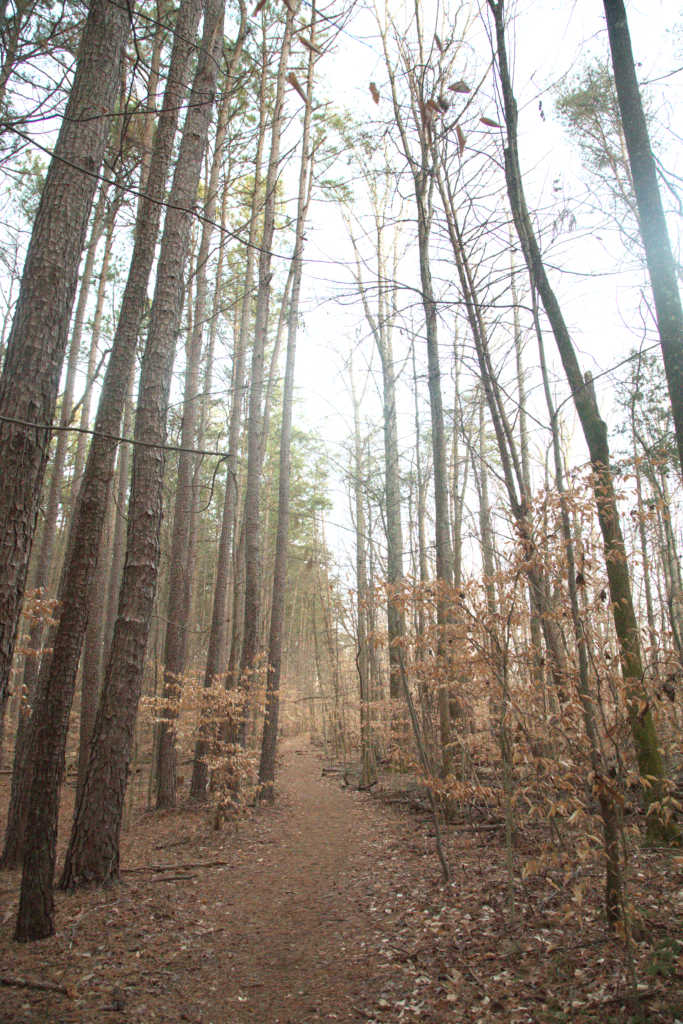Combine boiled bones, root vegetables, meat scraps, barley, garlic, Worcestershire and/or Marmite. Stew in whatever brown liquid you have on hand. Serve hot or cold with hardtack for mopping up and you’ve got Loblolly. Your sailors will be delighted. If you’re stuck in the infirmary—scurvy got the best of you? Plague?—you’re in luck. The ship’s “Loblolly boy” will be by soon with a hearty vessel of the dish. Recipes vary.
Some call for soaking corned beef in room temperature water for several hours, for example. The thread that ties all Loblolly recipes together, though, is their visual presentation. Bubbly, goopy and brown, Loblolly fails to appetize through description alone. It did, however, spark the imaginations of some colonial English seafarers. Upon reaching the bubbly, goopy and brown swamps of the Southeastern United States, the sailors used the word “Loblolly” as an apt descriptor of their miry environment. Eventually, the word came to be more closely associated with the trees that grow voraciously in southern swamps: the Loblolly pine.

Loblolly—Pinus taeda—has acquired plenty of other names, too. Rosemary pine, old field pine, and bull pine have all been used to describe the tree.
Within the etymology of its names, the Loblolly belies a core characteristic of its interaction and impact on the land. Nearly every name for the Loblolly refers not to the tree’s appearance, but rather to its character and location. Old field refers to the ease with which the tree gobbles up abandoned farmland; Rosemary refers to the aromatic quality the tree lends to the air around it; bull pine references the imposing bulk of a Loblolly stand; Loblolly because of the mire the tree thrives in.
The implicit etymological acknowledgement of the impact of place on tree and tree on place indicates a deep relationship between Loblolly and the land that is not similarly present in other trees. It shows that the Loblolly grow in distinctive landscapes, and that they lend distinctiveness to the land, too.
The Loblolly’s range stretches from Texas, around the Gulf, and up through the entirety of the South past Maryland. The most distinctive parts of the South belong to the Loblolly. Framed by their history of plantation slavery and sharecropping, Southern farms have driven racial and economic oppression in the Southern United States for centuries. Even now, agriculture charts an unsteady course for the South.
There’s a lot less farming happening now than there was 20, 50, 100, or 200 years ago. But the impacts of hundreds of years of farming in the South facilitated through racial, economic, and environmental oppression are deafeningly relevant. The South is defined by its farms. The truth of the Southern landscape is that its distinctiveness is inextricably tied to layers upon layers of oppression. What comes after slavery, sharecropping, environmental devastation, economic devastation, and the inescapable hardships each of those injustices has wrought?
The farm is gone. The field is empty. Soon, it will be full of pine trees.
